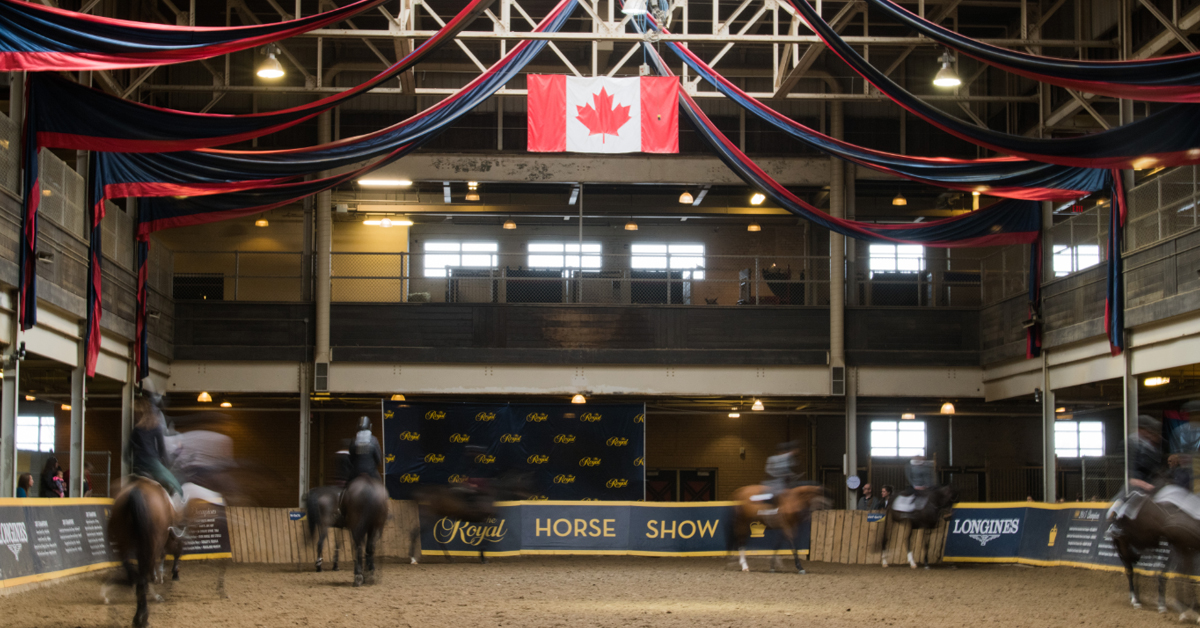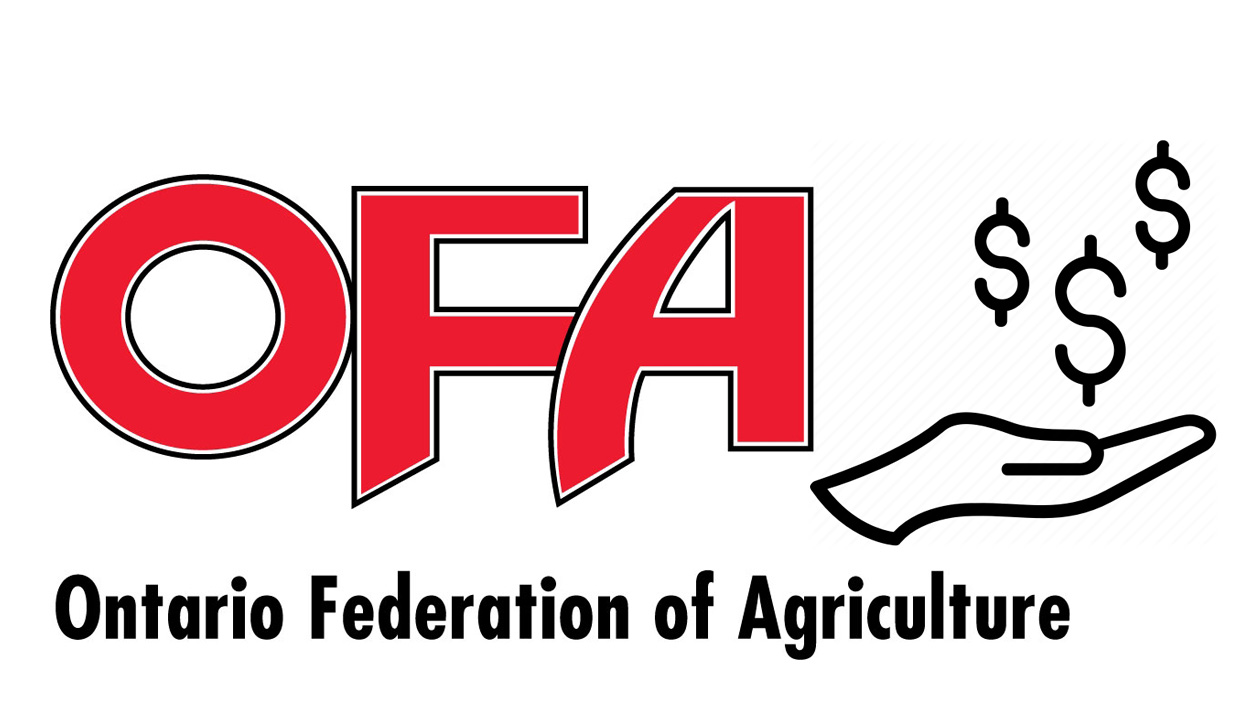The Hong Kong Jockey Club said today (7 July) that it had now completed all key venues for the 2008 Beijing Olympic and Paralympic equestrian events for testing as scheduled and that the facilities would set new world standards in terms of quality, environmental consideration, cost effectiveness and legacy value. Moreover, the project had been achieved from initial planning to completion within the remarkably short time of less than two years.
The Club will hand over the competition and training venues next week to the organiser of the Good Luck Beijing-HKSAR 10th Anniversary Cup scheduled for mid-August.
In a media briefing today, Chief Executive Officer Winfried Engelbrecht-Bresges said the Club’s world-class international racing centre at Sha Tin had been used as the foundation for the Olympic and Paralympic venues, with additional competition and training venues being incorporated into existing sports facilities at the Hong Kong Sports Institute, the Jockey Club Beas River Country Club and the adjacent golf course.
“Our innovative plan of combining racing and dedicated facilities was met with the approval of the international equestrian sports community. We believe this will serve as a cost-effective and time-efficient model for advancing the equestrian sports and future Olympic equestrian events,” said Engelbrecht-Bresges.
The decision to stage equestrian competitions in Hong Kong was made in July 2005. The time available for Hong Kong to design and build the equestrian venues is therefore four years shorter than for other Olympic events.
In keeping with the goal of a ‘Green Olympics’, the Club has used environmentally-friendly materials where feasible. For instance, rubber ‘crumbs’ were recycled from old tyres for the internal equine walkways, and some jumps were made from recycled telegraph poles. In the stabling complex, the lighting and air-conditioning systems offer energy savings of up to 30% on conventional installations.
“The aim of the Club is to set new, best-ever standards for the competition venues using Club expertise as well as experts approved by the FEI,” said Engelbrecht-Bresges.
“Another aim is to provide sports facilities that will leave a lasting legacy for Hong Kong people to enjoy long after the Olympics are over,” he noted. “Penfold Park will be retained for community use after the two Games. It will be turned into an interactive equine park open to the public and as a tourist attraction. The upgraded facilities at Beas River, on the other hand, will provide a much better training environment for our local equestrian athletes.”
Apart from contributing its facilities and more than HK$800 million to provide world-class venues and facilities for the Olympics and Paralympics, the Club will provide professional services support to the organisers in a number of other areas. These include making available the services of its fleet of horse transportation floats, its Equine Hospital and its Racing Laboratory, one of FEI’s four recognised reference laboratories worldwide. During the Games period, the Laboratory will test both the ‘A’ and ‘B’ urine and blood samples of competing horses. More horses will be tested and a wider range of banned substances will be covered.
Engelbrecht-Bresges described the work achieved in the past two years as “proof of the can-do spirit of Hong Kong”. The Hong Kong Jockey Club, he emphasised, was proud and happy to support the nation, the Olympic movement and the people of Hong Kong.
More from Horse Sport:




